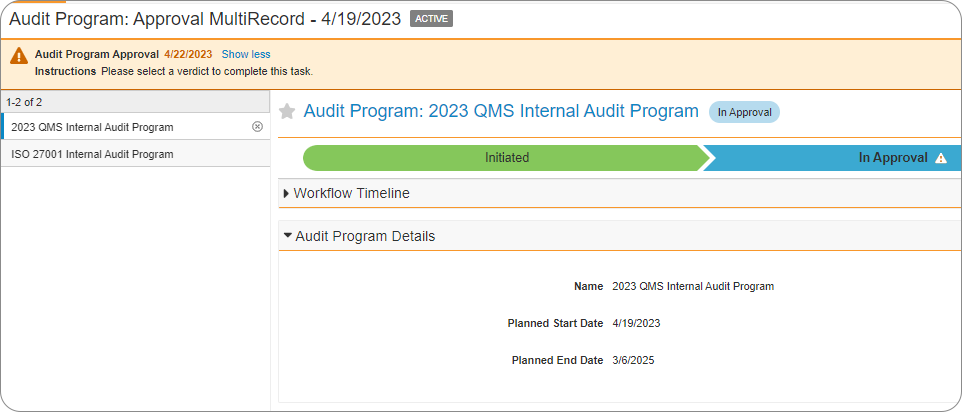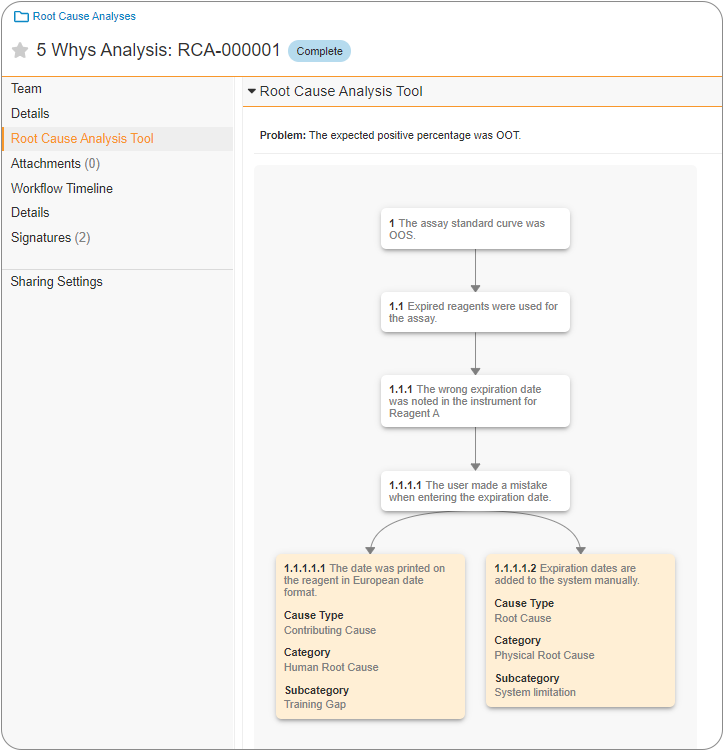
Key topics for Life Science companies considering SaaS solutions
Even in highly-regulated industries like Life Sciences, accessing key systems via the cloud, on a software-as-a-service (SaaS) basis, is rapidly becoming the default as consumer-based habits around everyday application use extend to the workplace. But what are the key considerations, and how do you choose a provider? Here are 5 common topics to focus on.
Businesses used to view cloud-based software and data hosting, along with subscription-based delivery (e.g., Software-as-a-Service, or SaaS, delivery models) with considerable caution. Concerns about risk to business continuity in the case of network or data center downtime; fears of supplier lock-in or security breaches; and questions about long-term cost of ownership seemed to undermine the promise of simplified IT management; improved speed of deployment; and more flexible access to systems and data beyond the office.
Today, cloud and SaaS-based system delivery is not only proven; it is fast becoming the norm. And this extends to strictly-regulated industries too, including Life Sciences.
The technology has matured considerably; networks/connections and backup provision are altogether more robust; service provider offerings have become incredibly sophisticated to appeal to corporate buyers; and the pace of technology advancement has accelerated to the point that the alternative – buying software and running and managing it on premise – no longer makes business sense in the majority of use cases.
As digital-native generations enter the workforce, and as employees generally become familiar and comfortable with using the cloud to store photos and documents in their personal lives via their smartphones and other devices, the appetite for cloud-based application access is growing too. The perception of risk associated with externally-hosted applications has greatly decreased, especially as built-in cloud security becomes increasingly sophisticated.
Despite users’ increasing comfort level when it comes to relying on hosted solutions in their day-to-day lives, there are some important considerations when deciding to move a business process to a cloud/SaaS platform.
Below are some of the considerations for business functions when making decisions related to cloud-based SaaS deployment:
1. Integration options
Although there is a general belief that cloud-based software makes it easier to connect and exchange data between applications, this isn’t a given. While it is possible to connect platforms through application programming interface (API) calls (a message sent to a server asking for information), those applications may not have an intensive library of calls, depending on the level of development investment the supplier is willing to make. Additionally, there can be barriers to implementing integrations like sharing security protocols or opening firewall ports where multiple suppliers are required to coordinate/cooperate with each other to enable the requested functionality.
2. Validation
In regulated industries like Life Sciences, software must be shown to be reliable in delivering what’s expected and to support patient safety, product quality, and data integrity. That means conducting risk-based testing and compiling as well as maintaining documentation proving that the software functions as designed and required.
In a cloud-deployed SaaS context, many software providers will include access to their validation package, even if there is a modest associated fee to access the associated scripts and documentation. In this context, the challenge of cloud-SaaS is the software functionality is subject to regular updates throughout the year, with customers largely at their mercy. Each update will require an impact assessment to identify any changes that will need to be made to existing configurations, as well as understanding new configurations that the business may wish to implement. Along with these changes, some level of validation will be needed, which requires involvement from internal teams.
The advice here is to:
- Refrain from too much customization. Stay close to the out-of-the-box functionality, wherever possible. Choosing the best fit initially will help considerably here.
- Check out the validation provisions ahead of time to avoid resourcing issues later.
It’s worth looking into associated documentation and training, too, as this can help users get up and running quickly and confidently using the new software. Best-case scenarios can be within a couple of months compared to 12-18 months for an on-premise deployment.
3. The risk appetite of the relevant business function
With so much security and trust built into cloud/SaaS services now, decisions about whether to embrace externally-hosted/subscription-based software access comes down largely to the risk appetite of the given business function. Often, the advantages substantially outweigh any negatives–reduced reliance on internal IT help and support, and faster access to the latest technology features are among the bigger pluses of choosing the cloud/SaaS route. Again, it is vital to perform an assessment of the preferred SaaS provider. It’s also a good idea to check whether your peers are among their customers, as this will provide useful clues to the supplier’s credentials in your sector.
4. Licensing/pricing and scalability models
One of the great appeals of accessing software through a SaaS model is the ability to spread costs, and to scale capacity with the needs of the business. But it’s important to examine the overall cost of ownership over time. Be sure to check the terms and conditions around price increases and clauses related to scaled demand. Many SaaS models offer tiered pricing depending on the role, where a read-only account has a different cost compared to an account that can create and edit content. So be sure to plan for the number of users you will need as well as the specific roles each user would require.
5. Ongoing support
This is something we’ll cover in a separate blog, but it’s important to at least mention here the importance of assessing what is provided for in the way of post ‘go-live’ support. Also, what that might look like in reality if you actually have to use it (something you can’t know in advance).
Direct vendor support might be fairly rudimentary, but there may be a certified partner that can bridge any gaps and provide a more tailored service that fulfils the business’s requirements.
Learn more
To find out about fme’s comprehensive SaaS consulting, implementation and support services, including our platform-assist offering, please contact us and and we’ll schedule a time to discuss your specific requirements.
 fme AG
fme AG fme SRL
fme SRL







